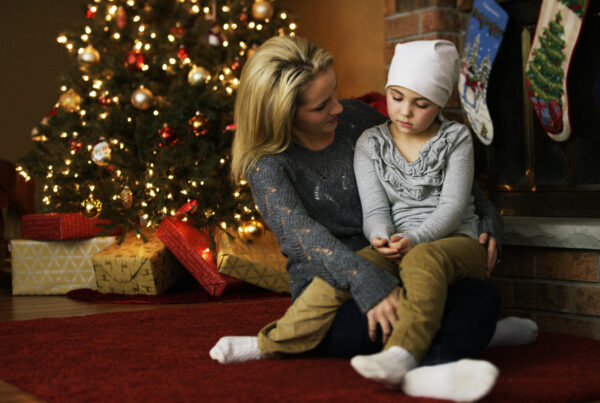By Crystal Williams, Ed.M.
The Division for Early Childhood of the Council of Exceptional Children, the leading professional organization in EI/ECSE, spearheaded efforts to develop the EI/ECSE standards. It is important for all early childhood professionals to be familiar with these standards to provide the support needed for individual children with disabilities and their families. In this blog series, we discuss each standard, prompt questions for reflection, and provide tips and resources that professionals can use to ensure their practices align with the EI/ECSE standards.
Standard 3: Collaboration and Teaming
Standard 3 focuses on ways early childhood professionals can improve collaboration amongst all team members, which includes teachers, related service providers, and family members.
Components |
Reflective Questions |
|
| 3.1 | Apply teaming models, skills, and processes when collaborating and communicating with families and professionals |
|
| 3.2 | Use a variety of appropriate, evidence-based, and culturally responsive collaborative strategies when working with other adults |
|
| 3.3 | Partner with families and professionals to develop individualized plans and support transitions of young children and their families |
|
Resources to enhance your knowledge related to Standard 3:
- CONNECT & DEC Module 3: Communication for Collaboration
Learn about and practice identifying effective communication skills to enhance collaboration among team members. - Early Childhood Recommended Practices Module 4: Teaming and Collaboration
This module utilizes a learning framework aligned with the DEC Recommended Practices and provides opportunities for professionals to learn about, implement, and improve upon teaming and collaboration skills. - Early Intervention Teaming Handbook
Authored by experts in the field, this book highlights the primary service provider approach used in early intervention. - Early Childhood Coaching Handbook
From the authors of the EI Teaming Handbook, this book includes descriptions of different types of coaching and how they can be implemented in various early childhood settings. - Collaboration and Teaming
This resource from the Early Intervention Training Program (EITP) provides additional materials related to teaming and collaboration in early intervention.
Tips for improving your practice related to Standard 3:
- Familiarize yourself with the roles and responsibilities of all team members. Identify areas where you can learn more from professionals in other disciplines and family members.
- Identify and utilize a method of ongoing communication amongst all team members to encourage communication between meetings. For example, create a shared Google folder or a group message that all team members (including families) can access.
- Prepare all team members for meetings. Some strategies that could be used are (1) making an agenda ahead of time (2) asking other team members to contribute to the agenda and (3) sending reminders about meetings 48 hours in advance.
- Promote equality among team members by encouraging everyone to contribute to discussions, sitting in a circle during meetings, and acknowledging every team member’s strengths and expertise.
- Join an online or local group that focuses on collaboration with other early childhood professionals and/or families such as Echo Autism, DEC Communities of Practice, National Association for the Education of Young Children (NAEYC) communities, or social media groups.
In addition to these tips, professionals working with children who have intense support needs (e.g., medical complexities, significant intellectual disabilities) may benefit from additional strategies.
- Celebrate all successes, no matter how small. Start each conversation with different team members celebrating the child’s progress.
- Ensure communication occurs regularly. Send updates through group texts, email chains, or communication logs that all members can access.
- Make sure that all team members understand the strategies and goals that are the focus of intervention to increase repetition (i.e., lots of learning opportunities) and continuity of care across settings.
- Familiarize yourself with external supports and resources than can be utilized to support the child and/or family, share them with the team, and develop a plan for accessing them.













